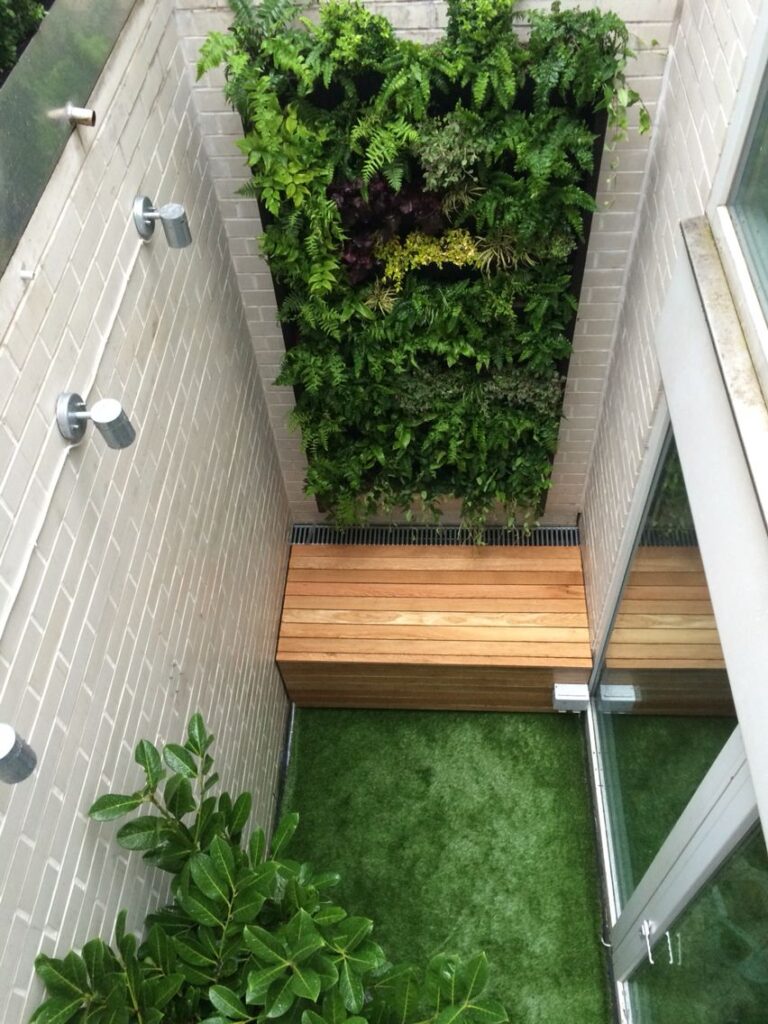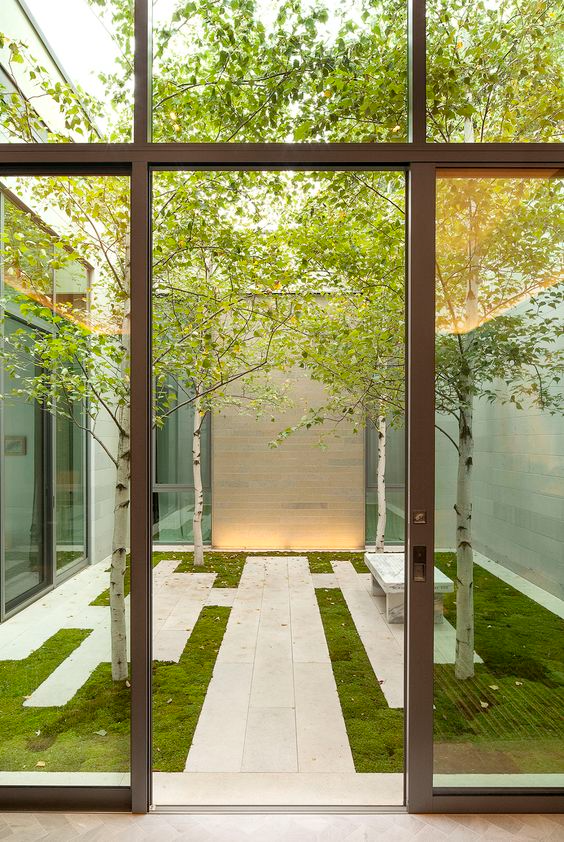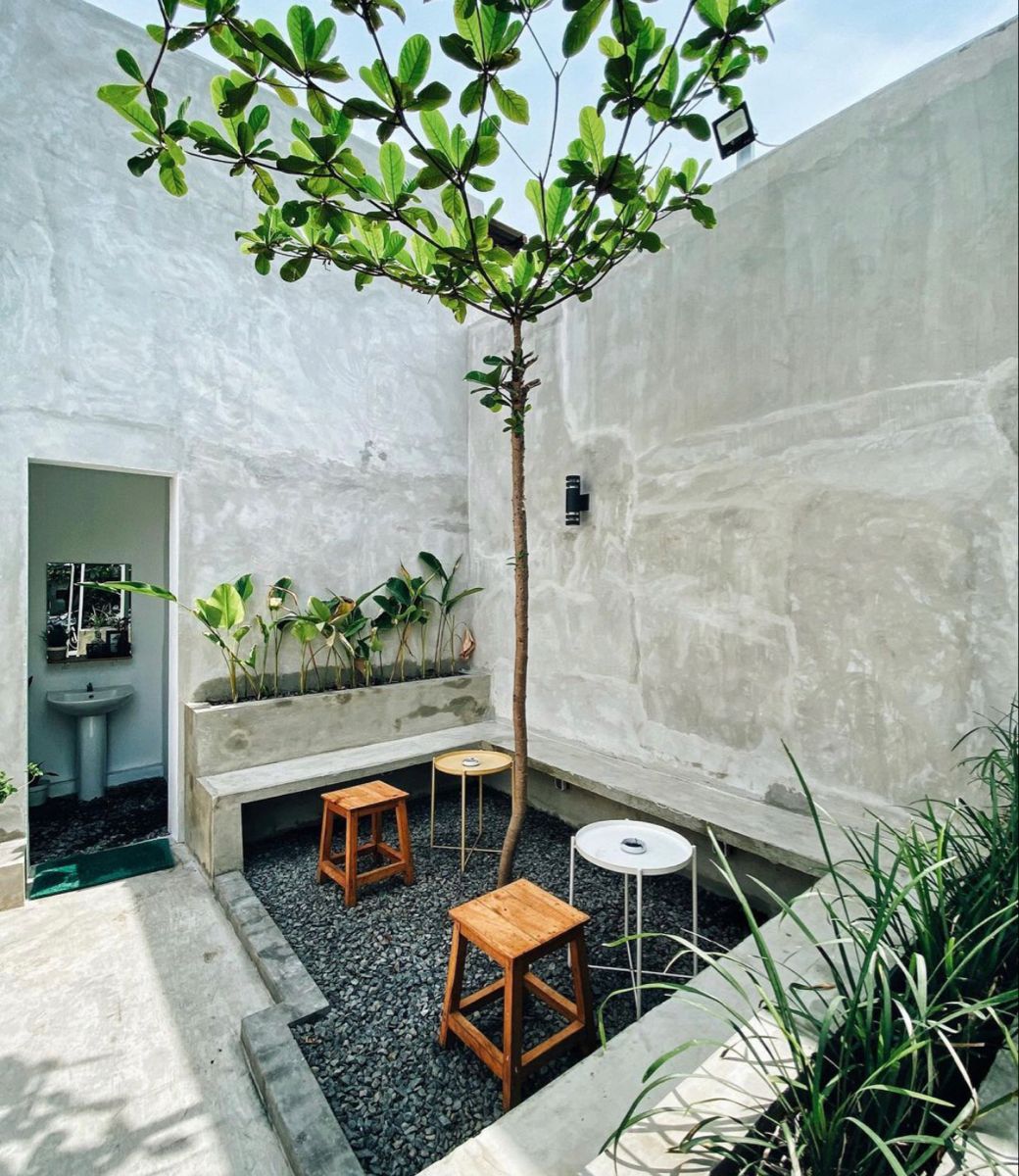A minimalist garden is a type of garden design that follows the principles of minimalism, which emphasize simplicity, functionality, and a focus on essential elements. In a minimalist garden, the overall design is clean and uncluttered, with a limited number of plants, hardscape features, and decorative elements.

A minimalist garden typically uses a limited color palette, with a preference for natural colors such as greens, browns, grays, and whites. The design emphasizes simple geometric shapes, such as squares, rectangles, and circles, to create a sense of order and harmony. The use of negative space, or empty areas, is also an important element of minimalist garden design, as it helps to create a sense of spaciousness and tranquility.
Plant selection in a minimalist garden is carefully considered, with a focus on plants that have a simple and architectural form. Trees, shrubs, and grasses are often preferred over flowering plants, and native plants that are well-suited to the local climate and soil conditions are commonly used.

Hardscape features in a minimalist garden are kept to a minimum, with simple materials such as gravel, concrete, or wood used for paths, patios, and other features. Decorative elements such as sculptures or water features are also limited, with a preference for simple and unobtrusive designs.

Overall, a minimalist garden is a space that promotes a sense of calm, order, and simplicity. It is an excellent option for those who appreciate the beauty of nature but prefer a clean and uncluttered aesthetic.
6 tips on how to create a minimalist garden

Creating a minimalist garden involves carefully selecting the right plants, creating a simple design, and limiting the use of decorative elements. Here are some steps to create a minimalist garden:
- Choose a limited color palette: A minimalist garden is all about simplicity, so choose a limited color palette for your plants. This will help to create a clean and uncluttered look. Shades of green and white are ideal for a minimalist garden.
- Use geometric shapes: Incorporate geometric shapes into your garden design, such as squares or rectangles. This can be achieved through the use of pathways, hedges, or raised beds. Keep the shapes simple and avoid intricate designs.
- Choose the right plants: Select plants that are low-maintenance and have a simple, architectural form. Succulents, ornamental grasses, and small trees with clean lines are all great choices for a minimalist garden.
- Keep hardscaping simple: Keep hardscaping to a minimum and use simple materials such as gravel, concrete, or wood. Avoid ornate details and instead opt for a clean, streamlined look.
- Incorporate negative space: Negative space is an important element of minimalist design. Leave some areas of your garden empty to create a sense of spaciousness and simplicity.
- Avoid clutter: Avoid the temptation to add too many decorative elements or plants to your garden. Keep it simple and uncluttered to maintain the minimalist aesthetic.

Overall, a minimalist garden should be a calm and peaceful space that invites relaxation and contemplation. By carefully selecting the right plants and elements, you can create a beautiful and serene outdoor space.





